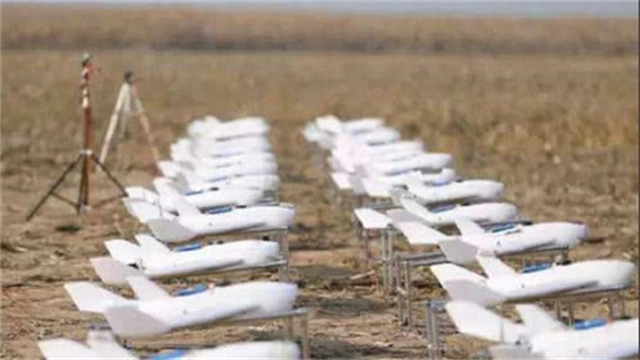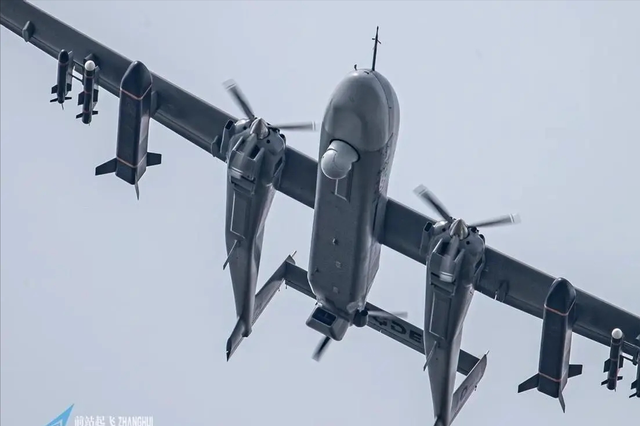8100 drones manufactured in China performed a grand show under the night sky of Saudi Arabia, which might seem to you as merely a feast of light and technology. But behind this dazzling display, there is a brighter contest of national strategies. This spectacular drone performance is not just a showcase of "technology and art"; it is also an important diplomatic card played by China in the Middle East, highlighting the deepening military and technological cooperation between China and Saudi Arabia.
.png)
It's not just the magnificent scene of 8100 drones precisely arranging the portraits of the Saudi king and crown prince that astonishes, but the scale itself has drawn global attention. Beyond admiration, Saudi Arabia values the military potential hidden behind the drones even more. In today's era, drones are not just toys but national-level defensive tools. The excellent performance of Chinese drones in the Russia-Ukraine conflict—flexible, accurate, and cost-effective—has made them "deadly weapons" on the battlefield. Therefore, what Saudi Arabia witnessed is far more than a technological display; it is the combat power of Chinese drones.

Saudi Arabia is pursuing military deterrence power. Facing the nuclear threat from Iran and the military strength of Israel, Saudi Arabia seeks new security supports, and drones have become the ideal defensive choice. Saudi Arabia has introduced the Chinese Wing Loong-2 drones several years ago to protect its precious oil assets. Now, the formation of the drone fleet in the Saudi sky is a message China is sending to Saudi Arabia: "We have the strength to help you stabilize the situation in the Middle East."

The move to purchase drones reflects the urgent need of Middle Eastern countries for technological defense systems. The complexity of geopolitical situations has made Gulf countries highly interested in high-tech weapons, and Chinese drones, with their cost-effectiveness and flexibility, have gained an advantage in the competition with traditional powers like the United States and Israel. For Saudi Arabia, what could be more reassuring for its security concerns than affordable, accurate, and efficient drones?
Saudi Arabia's purpose in buying drones is not just for national defense; it also values the multifunctionality of drones. In fields such as logistics, agriculture, and oil monitoring, drones can play a significant role. This performance not only showcased the military potential of drones but also demonstrated their application prospects in various industries to Saudi Arabia and other Middle Eastern countries. A multifunctional "toolman" drone is clearly more attractive than a single-purpose weapon. Saudi Arabia also hopes to use Chinese drones to upgrade its own economic sectors beyond military purposes.
This drone performance is not only a technological display but also a sophisticated diplomatic strategy. By showcasing technology on such a scale, China is sending a clear message to Saudi Arabia and Middle Eastern countries: China can provide cost-effective weapons and equipment, as well as comprehensive technical cooperation. This contest of lights is precisely a testament to China's steady advancement of its soft power in the Middle East market and its more proactive position in the complex situation in the Middle East.

You might think this is just a simple victory. In reality, this performance has paved the way for deeper future cooperation between China and Saudi Arabia. What Saudi Arabia needs is not just drones but also comprehensive support the fields of technology and military industry. China has undoubtedly seized this opportunity, using "drone diplomacy" to open the door to the Middle East. In the future, cooperation between China and Saudi Arabia will not be limited to the sky but will extend to the ground, covering military, economic, and even political fields. Drones have not only become a part of Saudi Arabia's security system but also a tool for China to expand its influence in the global market.